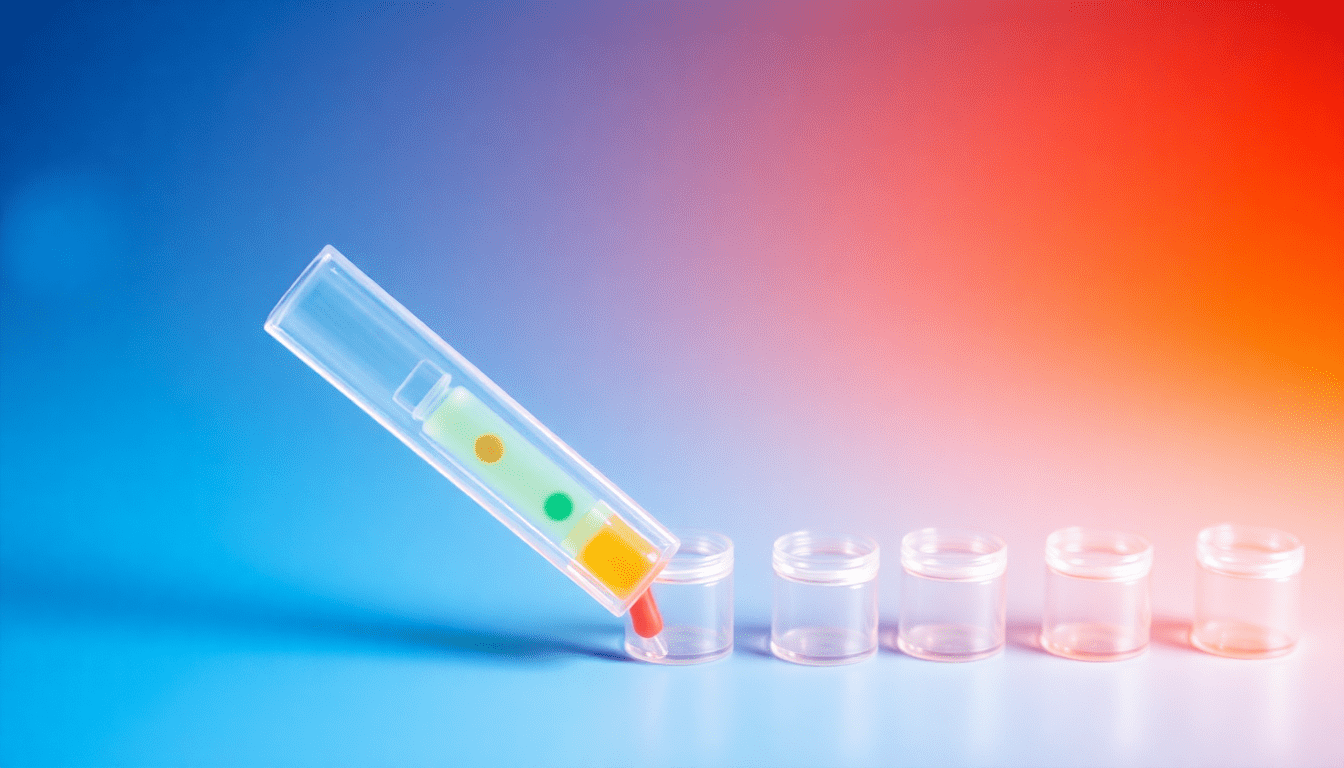
Frequently Asked Questions About Microbiome Testing | InnerBuddies
Frequently Asked Questions About Microbiome Testing Microbiome testing is becoming a popular way to learn more about the tiny organisms... Read more
Microbiome test turnaround time varies by provider, but most consumer tests deliver results within about 1 to 3 weeks after the lab receives your sample. Expedited processing or tests that include additional personalized analyses can shift that window, sometimes shorter for the lab processing phase and sometimes longer when interpretation and tailored recommendations are added. In practice, the clock starts when you ship your sample and ends when the report is generated, interpreted, and delivered to you. Several factors influence microbiome test turnaround time. Shipping speed and sample integrity are key—poorly preserved samples or long transit times can require the lab to reprocess or discard the specimen. Lab throughput, batching, and sequencing depth can also add days to weeks, especially during peak demand. The breadth of analysis matters too: reports that include the Gut Microbiome Health Index, top 40 bacteria abundances with healthy-cohort comparisons, bacterial functional pathways, and Target Group analyses (for topics like Healthy Aging, Endurance Sport, or Skin & Hair Health) typically require more data processing. When a platform adds personalized nutrition advice or probiotic and prebiotic recommendations, that depth can extend the turnaround further. If you’re evaluating options, ask how much of the timeline is devoted to data processing versus sample handling, and how additional features may impact delivery. Practical tips can help you plan, interpret, and act on your microbiome report efficiently. If you’re coordinating around a health goal or training cycle, order the test well in advance of when you want to start changes, and consider scheduling follow-ups to see how your gut health evolves over time. Keep your sample collection and diary data consistent—for example, using a 3-day food diary aligned with stool samples can enrich personalization. When you receive your report, start with the Gut Microbiome Health Index (0–100) as a quick health gauge, then review the Bacteria abundances and functional pathway insights to identify concrete steps. For ongoing support, many users find it helpful to pair their results with targeted nutrition and probiotic guidance offered by InnerBuddies through its consumer solutions, such as the microbiome test product page: InnerBuddies microbiome test and their subscription option: InnerBuddies Gut Health Membership. If you’re a company exploring partner-ready tech, InnerBuddies delivers a white-label Gut Health Operating System that powers your own microbiome testing products. The platform is modular and includes features like the Gut Microbiome Health Index (0–100) based on an exclusive IP agreement with EAFIT University, a top-40 bacteria panel with healthy-cohort comparisons, and categorized bacterial functions with positive/negative labeling. Target Group analyses offer deep dives into functional pathways relevant to specific audiences, and personalized nutrition and probiotic/prebiotic recommendations are tailored to each user’s unique microbiome and dietary data. Whether you’re a consumer-curious tester or a business seeking end-to-end solutions, you can learn more about partnering with InnerBuddies at the B2B page: InnerBuddies B2B, and explore the direct consumer capabilities on their product page and subscription options: InnerBuddies microbiome test and InnerBuddies Gut Health Membership.

Frequently Asked Questions About Microbiome Testing Microbiome testing is becoming a popular way to learn more about the tiny organisms... Read more